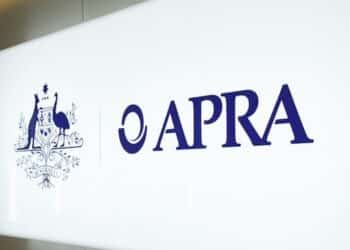The TAL Employee financial health and literacy white paper has found that a quarter of employees are currently experiencing a high level of financial stress, with 40 per cent saying that this has negatively impacted their work.
The research, which was based on the responses of 800 participants who are all currently employed and have a superannuation account, also found a strong correlation between financial literacy and financial stress.
Despite 82 per cent of respondents believing they would benefit from access to financial education and tools, only 15 per cent have been offered these by their employer.
TAL said the research shows employees are looking to employers for help, while employers are turning to their partners, like superannuation funds and insurers, to help them educate and support their employees.
The life insurer believes that there is actually “a strong opportunity” for insurers, superannuation funds and employers to work together to improve the financial health of Australia’s workforce.
“Perhaps the greatest challenge for employers is knowing where to start when it comes to supporting their employees’ financial health and literacy,” the report found.
“This is where superannuation funds and insurers can help. By providing employers with access to relevant and easy-to-use resources, we can help them engage in the wellbeing of their employees and give them the tools they need to make active choices around super and insurance.”
Jenny Oliver, acting chief commercial officer, group life and investments at TAL, said that life insurance and superannuation share an “important purpose for Australians”.
“We believe it’s imperative that employers, superannuation funds and insurers work together to ensure employees have access to the information they need to navigate their financial situation and understand the valuable role that insurance and superannuation provides through their working lives and into retirement,” Ms Oliver said.
According to TAL, superannuation is also the clear frontrunner for the type of product that employees most want education and tools for.
“Employees want to know more about how to calculate and manage their assets within their super,” the report said.
“Some employees would like access to super calculators and education that will help them understand more about voluntary contributions. Others want to know how their super is invested and how insurance in super works.”
Despite this, when asked to rank their understanding of financial products on a scale of 1 to 10, respondents rated their understanding of superannuation the highest, with an average score of 6.8. This was followed by shares (5.6), managed funds and life insurance (both 5.5).
Among the report’s other findings is that one in three employees said they would use financial education or tools at least once a month if they were offered by their employers, while another third said they would use them once every six months or so.
Importantly, employees that reported a high level of financial stress said they would use financial education and tools more frequently than those with low levels of financial stress.
“While the lack of financial literacy among employees is concerning, it does present an opportunity for employers to educate their team members about the superannuation arrangements their workplace offers – including the investments and insurance included in the plan,” the report said.



